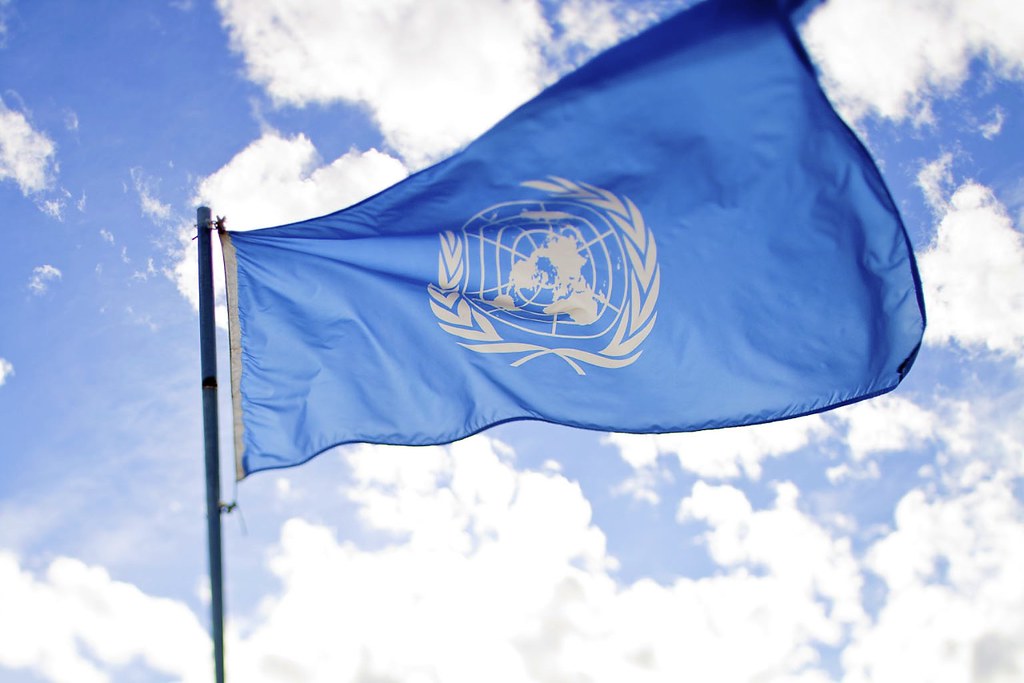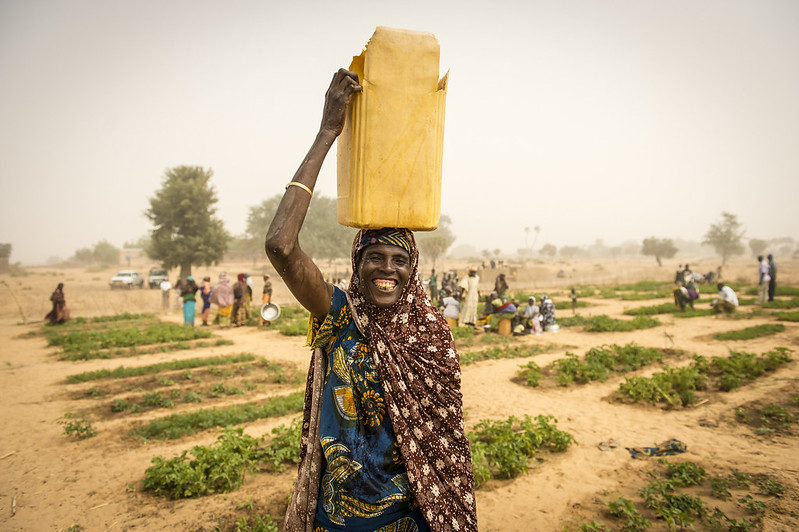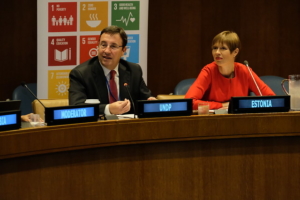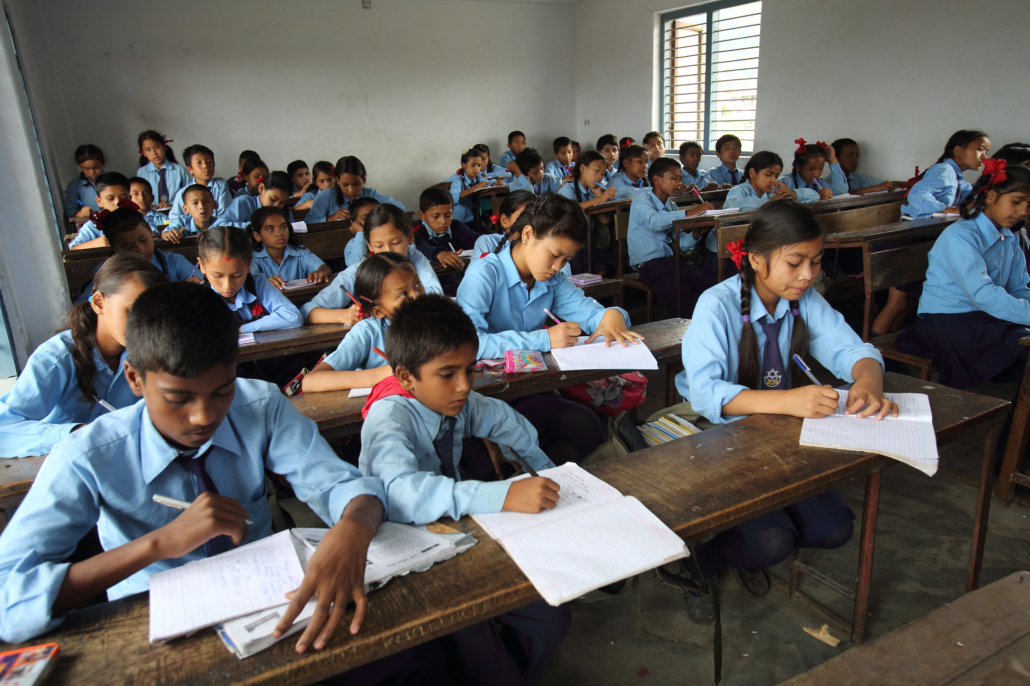
Georgia, located between Western Asia and Eastern Europe, has made significant progress over the past several decades when it comes to the life expectancy of its nearly 4 million citizens. Since around the 1990s, the country has experienced many health reforms that helped to improve the general health of its population as well as lower maternal and infant mortality rates. However, despite these improvements, Georgia still faces multiple health-related challenges that pose a threat to the life expectancy of its citizens. Listed below are five facts about life expectancy in Georgia.
5 Facts About Life Expectancy in Georgia
- According to a survey carried out by the United Nations in 2012, the average lifespan for Georgian women stood at 79 years, while the average life span for men was lower, at around 70 years. The average lifespan in Georgia is expected to increase to 80.6 years for women and 74.1 years for men by 2035.
- As of 2019, the life expectancy in Georgia at birth is approximately 73.66 years. This marks a percentage increase of approximately 20 percent over 69 years. Back in 1950, the U.N. estimated that the life expectancy in Georgia at birth was less than 60 years in total.
- According to the World Health Organization (WHO), the probability of death for people between ages 15 and 60 stands at 238 for males and 83 for females. The probability of children dying before the age of 5 per 1,000 births was around 11 in 2017.
- Georgia developed the Maternal and Newborn Health Strategy, as well as a short term action plan in 2017 to provide direction and guidance in improving maternal and newborn health. According to UNICEF, the three-year initiative “envisages that by 2030, there will be no preventable deaths of mothers and newborns or stillbirths, every child will be a wanted child, and every unwanted pregnancy will be prevented through appropriate education and full access for all to high quality integrated services.”
- In 2010, the leading causes of premature death in Georgia were cardiovascular and circulatory diseases, including ischemic heart disease and cerebrovascular disease. It was reported that in 2010, the three most prominent risk factors for the disease burdened people in Georgia were related to diet, high blood pressure and tobacco smoking. It was also reported that the leading risk factors for children who were younger than 5 and people between ages 15 to 49 were suboptimal breastfeeding and the aforementioned dietary risks.
As a whole, life expectancy in Georgia has improved significantly compared to the mid 20th century. With that being said, there is no denying that there is still work that needs to be done in a number of areas including maternal health. Hopefully, with strong investments from the government, life expectancy in Georgia will continue its upward trajectory.
– Adam Abuelheiga
Photo: Flickr
 In 2018, the United Nations Development Programme implemented a new strategic plan to help developing countries achieve the Sustainable Development Goals. The plan included fast-tracking towards
In 2018, the United Nations Development Programme implemented a new strategic plan to help developing countries achieve the Sustainable Development Goals. The plan included fast-tracking towards 


 It is not always easy to capture the attention of political leaders. Often, inspiring action requires a creative approach, unique storytelling and personal anecdotes. In May 2019, the United Nations’ International Fund for Agricultural Development (IFAD) launched a dance challenge on TikTok called #DanceforChange designed to do just that. The award-winning choreographer Sherrie Silver paired up with African recording artist Mr. Eazi to use the immense power behind dance and self-expression to communicate the need for increased agricultural investment; this will play a significant role in the
It is not always easy to capture the attention of political leaders. Often, inspiring action requires a creative approach, unique storytelling and personal anecdotes. In May 2019, the United Nations’ International Fund for Agricultural Development (IFAD) launched a dance challenge on TikTok called #DanceforChange designed to do just that. The award-winning choreographer Sherrie Silver paired up with African recording artist Mr. Eazi to use the immense power behind dance and self-expression to communicate the need for increased agricultural investment; this will play a significant role in the

 The
The  There is a distinct relationship between education and poverty. Countries with inadequate education lead to a greater number of people in poverty. The Borgen Project had the opportunity to speak with the International Affairs and Outreach Director at the University of Wisconsin-Milwaukee, A. Aneesh. Aneesh is also a sociology and global studies professor at UWM.
There is a distinct relationship between education and poverty. Countries with inadequate education lead to a greater number of people in poverty. The Borgen Project had the opportunity to speak with the International Affairs and Outreach Director at the University of Wisconsin-Milwaukee, A. Aneesh. Aneesh is also a sociology and global studies professor at UWM.